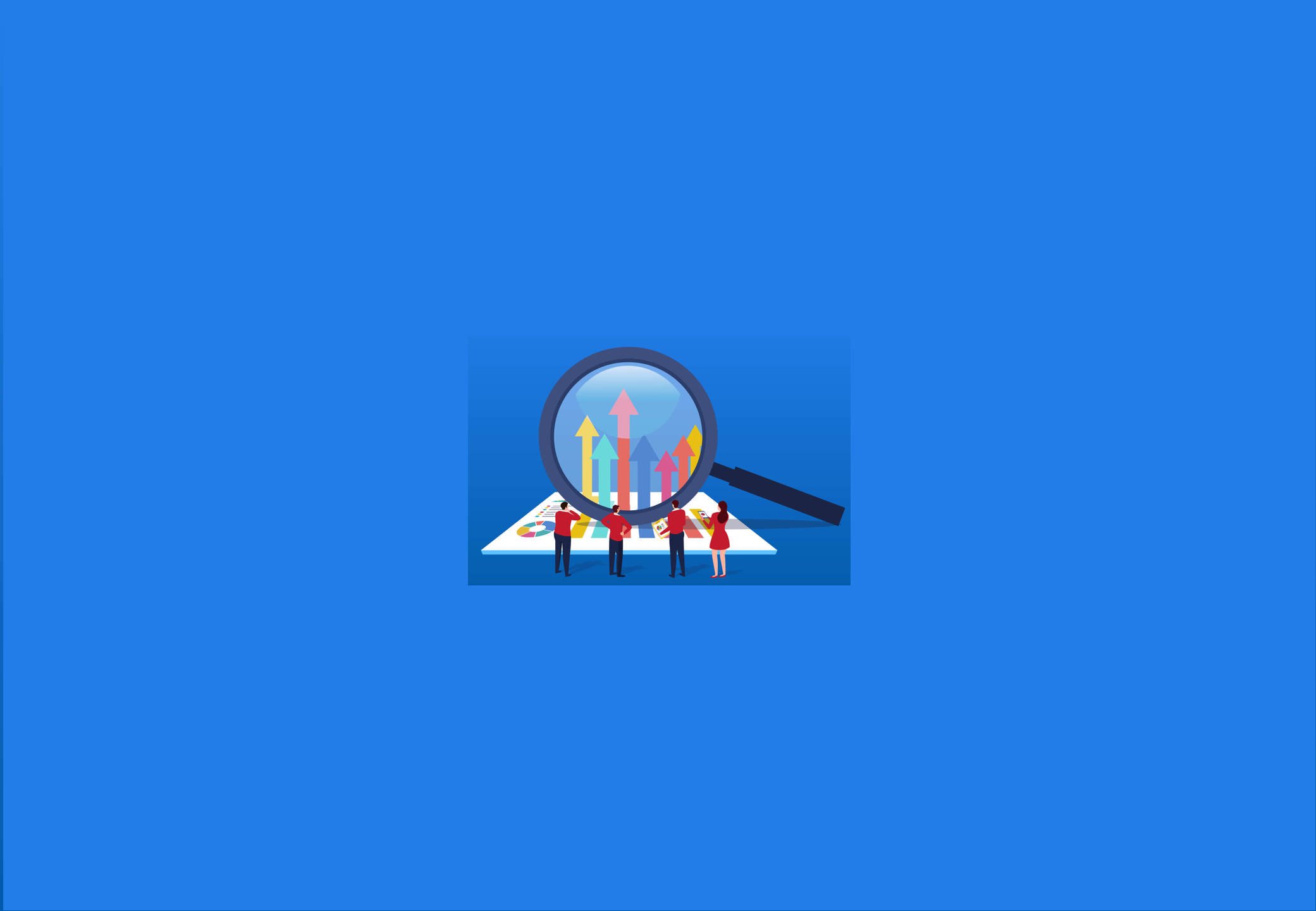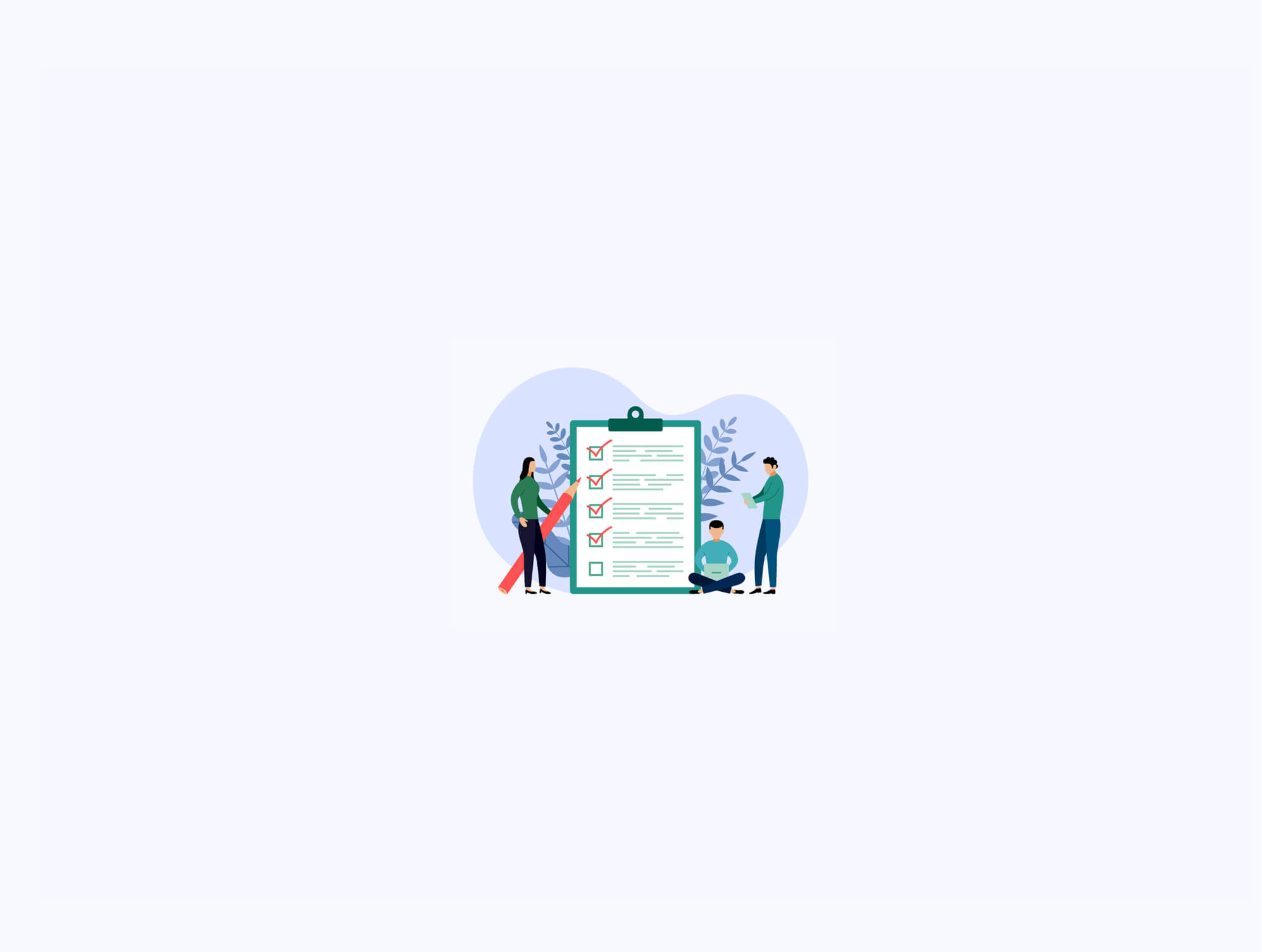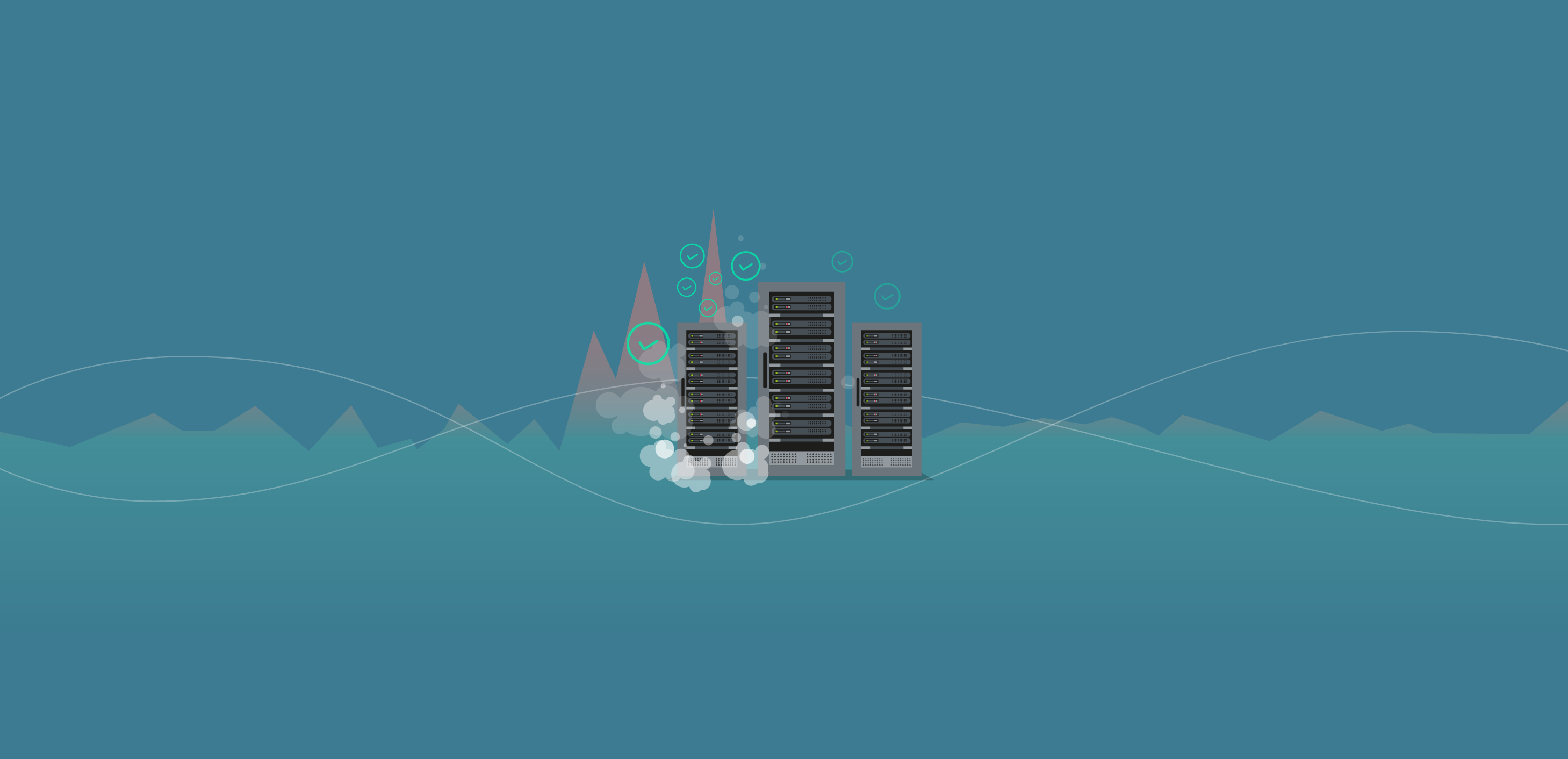
In today’s cloud-powered, data-driven economy, database administrators are finding their role in a state of flux. With the increasing levels of automation, the growing popularity of cloud and hybrid-cloud infrastructures, and the call for DBAs to approach their jobs from a business perspective, many DBAs wonder where they fit in this new environment.
Although it may seem as if the DBA role is being diminished, in reality, it’s evolving and expanding—and now is a great time to update your skillset to keep pace.
Here are four of the major trends DBAs should embrace in 2020:
Artificial Intelligence and Machine Learning
Many DBAs fear AI and machine learning will put them out of a job, but that fear is unfounded. The vast quantity of data generated every second means DBAs are even more crucial to their organizations than ever before.
By harnessing the power of AI and machine learning, DBAs can step away from routine maintenance and management and join the strategy side of the house. DBAs, with their knowledge of all things database, are perfect candidates for data analysis tasks such as:
- Defining the database architecture
- Creating data models
- Integrating new data sources
- Tuning business applications
- Managing security configurations
- Keeping track of where the data resides, what it represents, and which users and applications can access it
SQL Server 2019 has introduced new AI and machine learning features, including intelligent query processing and AI-driven performance enhancements, to further extend availability and performance.
Platform-as-a-Service
DBAs provide their organizations huge ROI by identifying and implementing the many benefits and cost savings the cloud offers, including:
- Performance tuning to slash database expenses
- Pay-as-you-go pricing
- Faster provisioning
- No storage issues
- High availability and disaster recovery
DevOps
Databases are an integral part of the DevOps tool chain, but DBAs and DevOps have traditionally had a somewhat contentious relationship. The growing adoption of database automation is easing tensions by preventing bottlenecks that historically caused friction between DBAs and the DevOps team.
Another sticking point for DBAs is trying to figure out where SQL Server fits in DevOps. There’s a general perception that SQL Server doesn’t scale well at the enterprise level; however, DevOps’ focus on continuous integration and continuous deployment changes things somewhat.
There are many SQL Server resources available, including Visual Studio Team Services, Azure Data Studio, SSIS, PowerShell, SQL Server Data Tools, T-SQL, mssql-scripter, SqlPackage, bcp, and sqlcmd, that will to help DBAs find their footing in DevOps processes.
DevOps DBAs have several key functions on the team:
- Set up integration environments
- Provision databases for new projects
- Dynamically extract, transform, and load data between silos
- Continuously monitor and optimize performance
- Automate scaling and schema changes
- Ensure backup and recovery
- Plan for downtime and high availability
Multi-Cloud/Multi-Platform Environments
Many organizations are moving away from on-premise-only infrastructures in favor of cloud or hybrid-cloud infrastructures. There are many benefits of a multi-cloud environment, including improved security, compliance, and cost savings, but it’s not a one-size-fits-all solution.
Public cloud is best suited for business environments that require agility, scalability, and the ability to be quickly deployed to regions outside the U.S. Private cloud, on-premise, or your organization’s own data center are often better choices for business environments that need tighter governance and more control.
Not too many years ago, DBAs only had a handful of devices and peripherals to manage. Then the mobile market exploded, and DBAs now have to juggle data from many different devices and platforms. Here are few tips for managing a multi-platform environment:
- Use monitoring software. Look for a solution that offers cross-platform coverage to centralize monitoring.
- Automate all the processes you can. Automating routine tasks like patching, maintenance, backup testing, and performance management frees up your time for higher-value work.
- Create a single view for all databases. With the growing movement toward hybrid, multi-cloud infrastructures, a tool that lets you create a single view is a sanity saver.
- Avoid bogging down your system with excessive performance monitoring. Look for a performance monitoring tool that uses lightweight APIs to prevent unnecessary drag on your system’s performance.
DBAs who find themselves in charge of a multi-cloud or multi-platform environment will need to be able to switch gears quickly through all infrastructures. Secure connections let you move seamlessly between the public and private clouds, but there are also solutions like Microsoft Azure Arc available that facilitate database management across every infrastructure and on multiple platforms regardless of vendor or cloud provider.
As we navigate the remainder of 2020, DBAs will likely find themselves in demand as worldwide data generation and collection surges. Position yourself now by focusing on honing the skills that will be most sought-after in the coming months and years.









